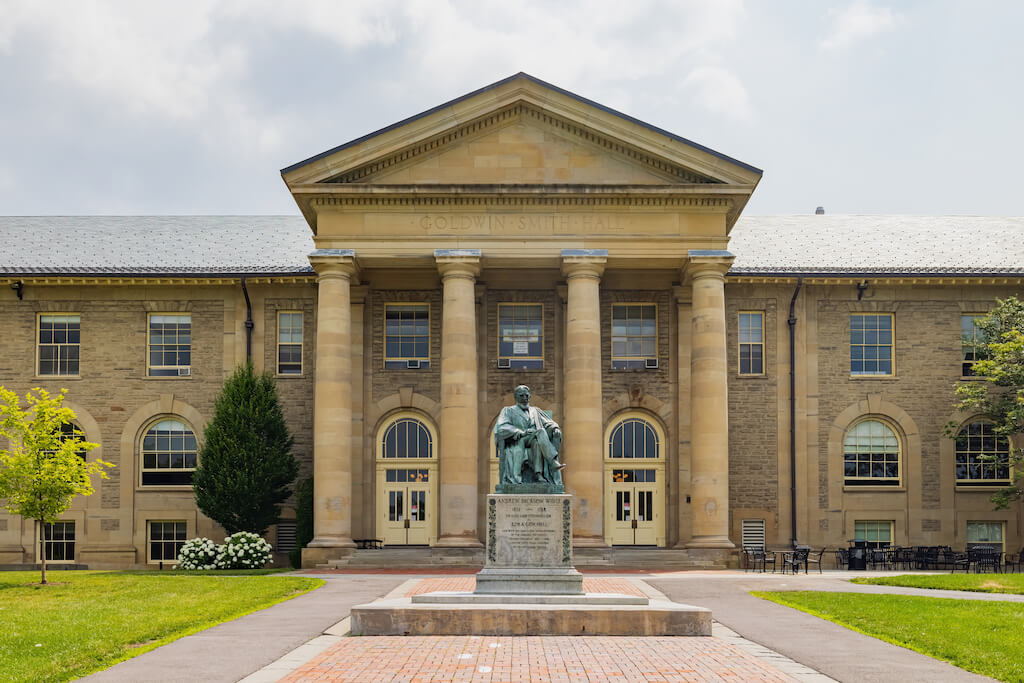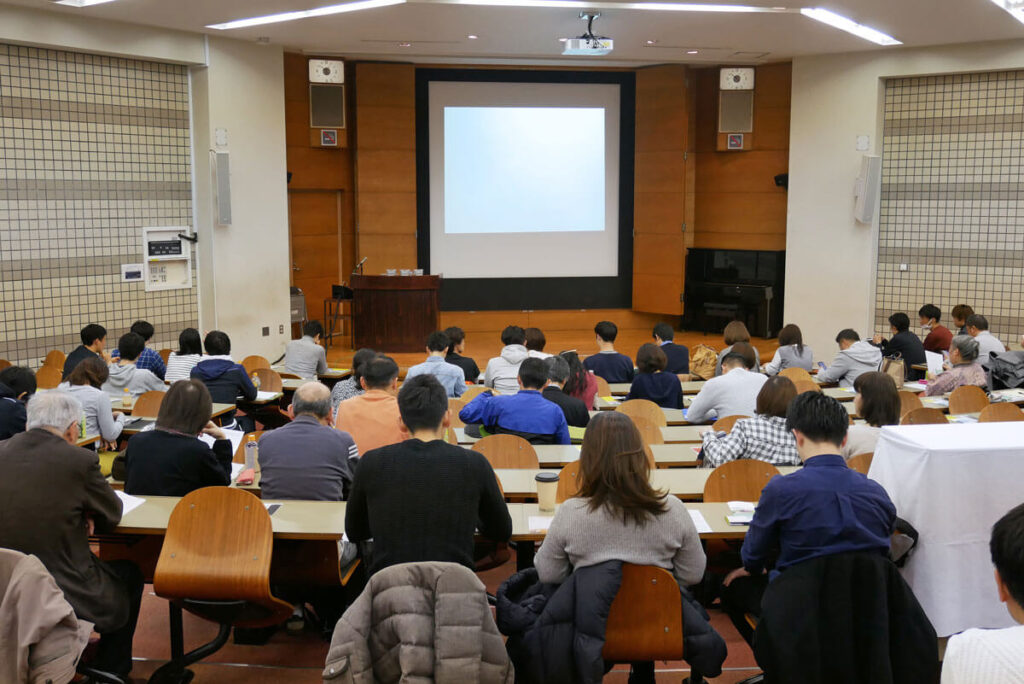An article with the above title was recently published in the Daily Egyptian, Southern Illinois University’s student newspaper. Authored by Madeleine Laroux, the article discusses a report provided to SIU’s Board of Trustees at a September meeting. According to Laroux, Paul Sarvela, Vice President for Academic Affairs, stated that the for-profits are growing at a substantial rate but don’t offer the level of service that the traditional universities offer. Instead, they’re enrolling the working adult and focusing on marketplace demands. Chancellor Sam Goldman added, “We are not appropriately compared to a for-profit. We provide a value-added education and some people want that, many people don’t. It depends on where you go.”
I think there are two telling comments in the above narrative. The first is Vice President Sarvela’s comment about for-profits enrolling working adults and focusing on marketplace demands. I wonder why SIU isn’t interested in that? Working adults may understand the value of a college education more so than a student just out of high school. Focusing on marketplace demands sounds important in most businesses. Imagine if American automakers had focused on the marketplace demands when the Japanese automakers entered the U.S. market.
Chancellor Goldman stated that SIU provides a “value-added education” which “some people want” and “many people don’t.” That sounds like a reverse way of noting that for-profits are focusing on the market demands and SIU isn’t.
The growth rate of for-profits is due to a number of factors including (1) their focus on working adults, a traditionally underserved population in higher education, (2) their focus on meeting the needs of the market, and (3) their tuition-driven economic models. Just as there are differences among non-profit institutions, there are differences in mission and economic model among for-profit institutions. Regardless of whether or not an institution pays taxes or receives subsidies from taxpayers, it’s becoming increasingly obvious that those institutions that pay attention to the higher education marketplace are thriving. Those who may have focused internally rather than externally may be looking at a steep learning curve.










